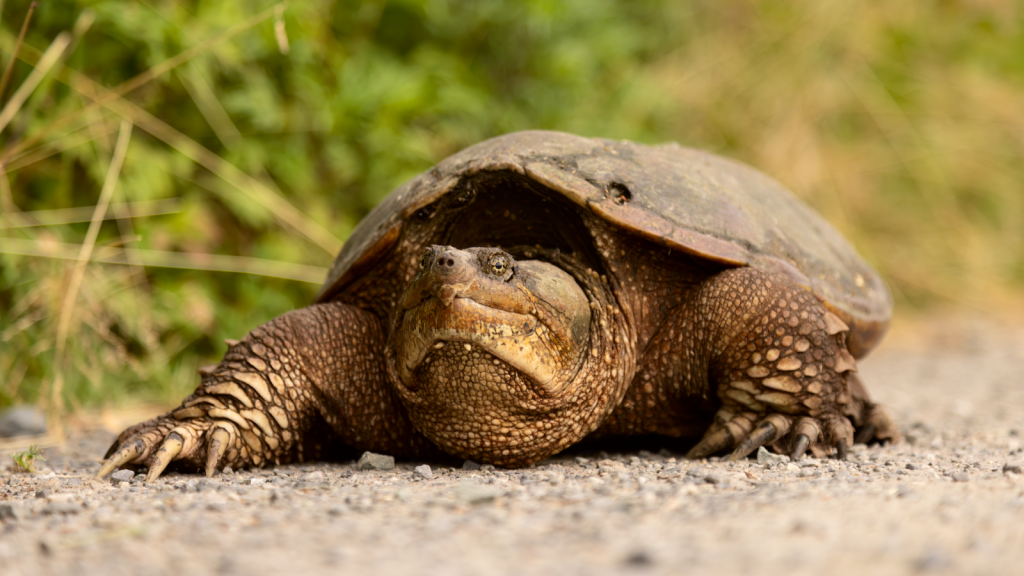Turtles, with their protective shells, might seem like they’re safe from predators. However, many animals have evolved clever ways to crack these living fortresses. From powerful jaws to razor-sharp claws, nature has equipped various creatures with the tools to make a meal of these shelled reptiles. Some predators target turtle eggs or hatchlings, while others are strong enough to tackle adult turtles. Understanding these predators helps us appreciate the challenges turtles face in the wild. Let’s explore 15 animals that have turtles on their menu, revealing the surprising diversity of turtle-eaters in the animal kingdom.
Alligators
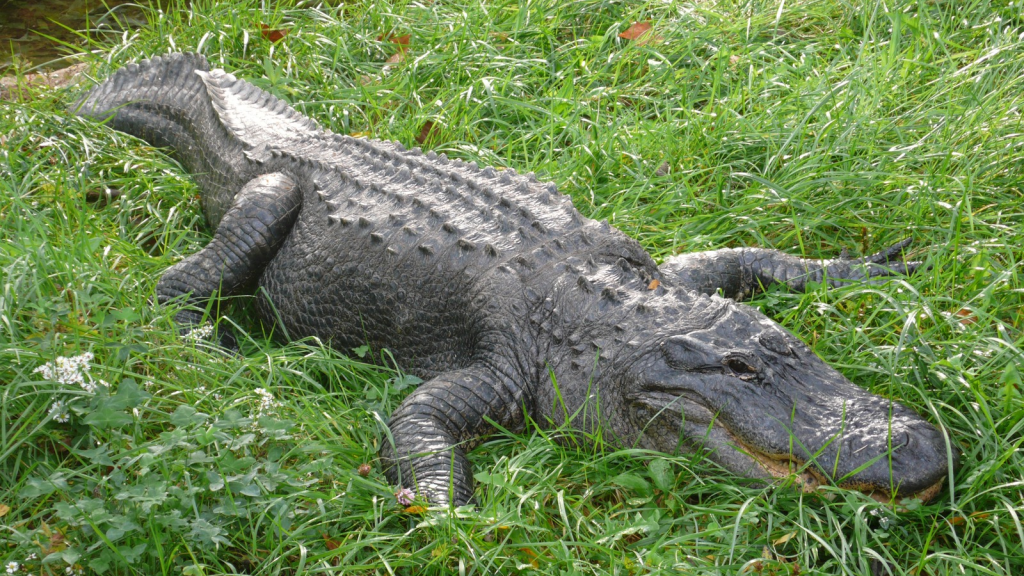
Alligators are formidable predators that often prey on turtles. Their powerful jaws can easily crush a turtle’s shell. Alligators typically hunt in water, where turtles are more vulnerable. They sometimes store their turtle prey underwater to soften the shell before eating. Alligators have been known to consume both freshwater and sea turtles, with larger species like loggerheads falling victim to these ancient reptiles.
Raccoons
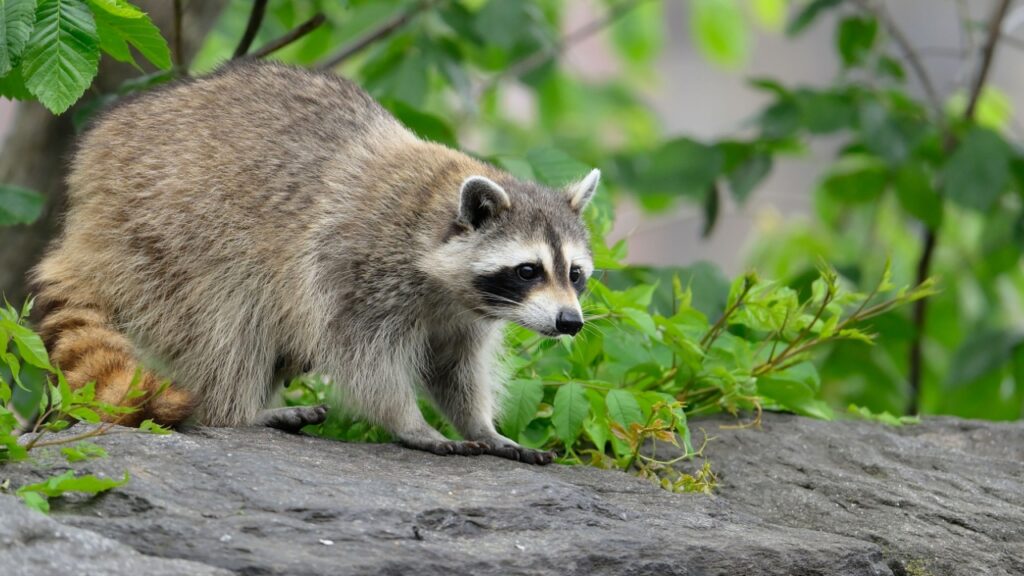
Raccoons are opportunistic eaters and skilled at raiding turtle nests. They have dexterous paws that can dig up buried eggs. Raccoons also prey on small turtles and even flip larger ones over to attack their softer underbellies. Their keen sense of smell allows them to locate turtle nests even when they’re well-hidden, making them a significant threat to turtle populations.
Large Fish
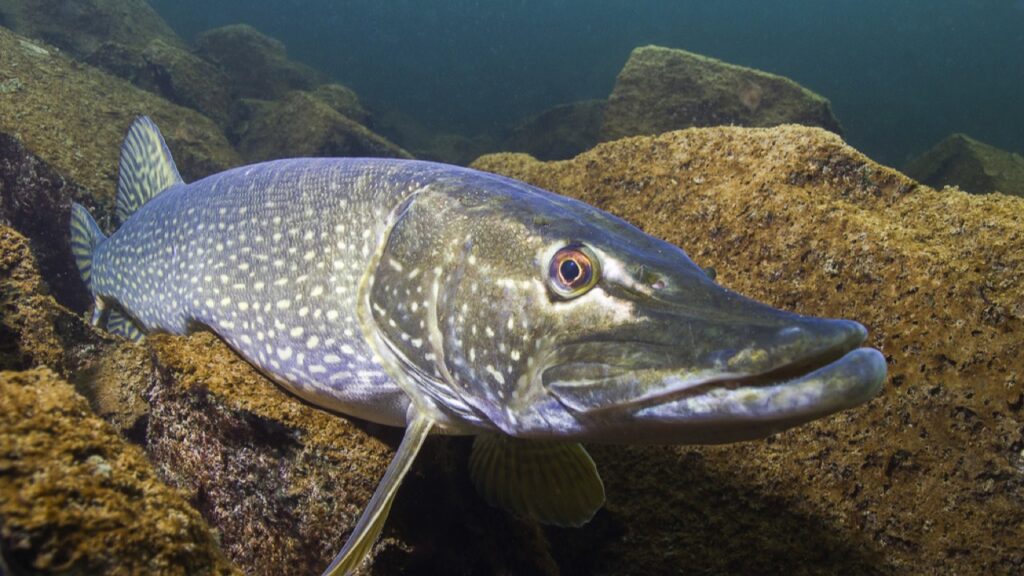
Some large fish species, like bass and pike, prey on small turtles and hatchlings. They swallow young turtles whole or in chunks. In some freshwater ecosystems, fish are significant predators of juvenile turtles. Catfish, in particular, have been observed consuming a surprisingly large number of young turtles in certain habitats.
Sharks
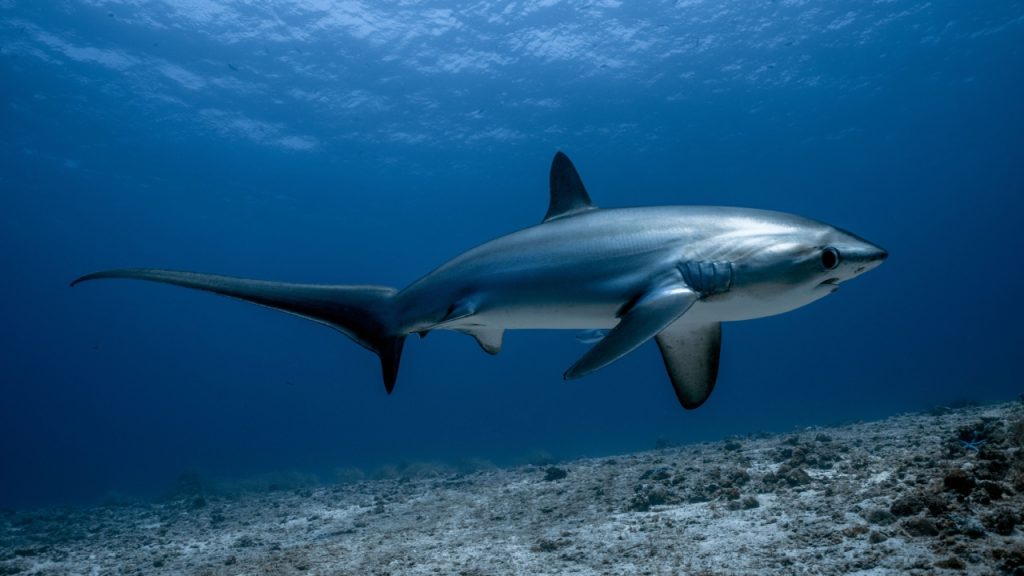
In marine environments, sharks are known to eat sea turtles. Tiger sharks, in particular, have strong enough jaws to bite through a turtle’s shell. They often target green sea turtles and loggerheads. Great white sharks have also been documented preying on sea turtles, using their powerful bite to crack open the shells.
Birds of Prey
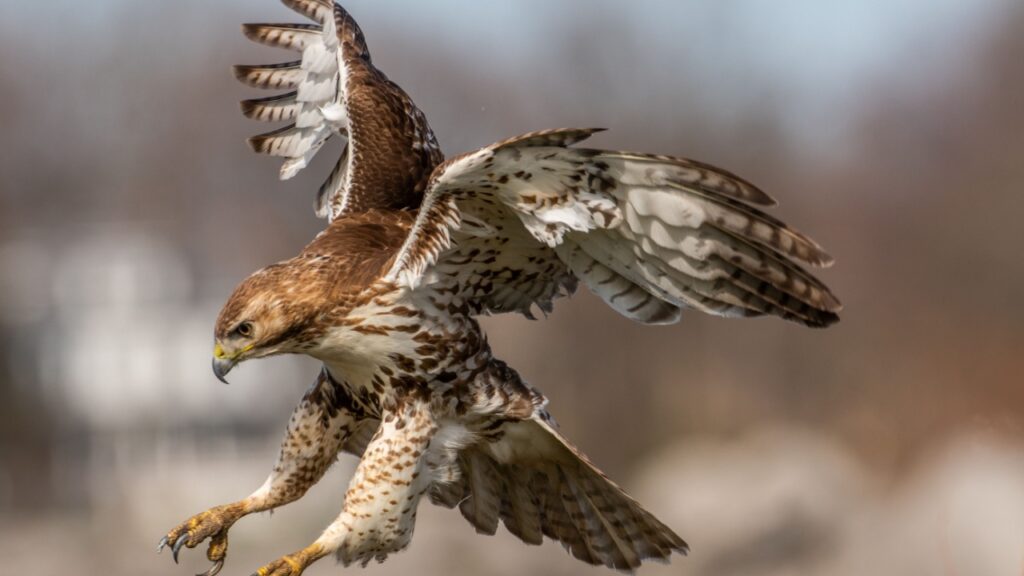
Eagles and hawks sometimes hunt turtles, especially smaller species. These birds use their sharp talons to grab turtles and drop them from great heights to crack open their shells. Some birds have learned to target soft parts like the head and legs. The osprey, a fish-eating bird of prey, has been observed catching and eating small water turtles in addition to its usual fish diet.
Snapping Turtles
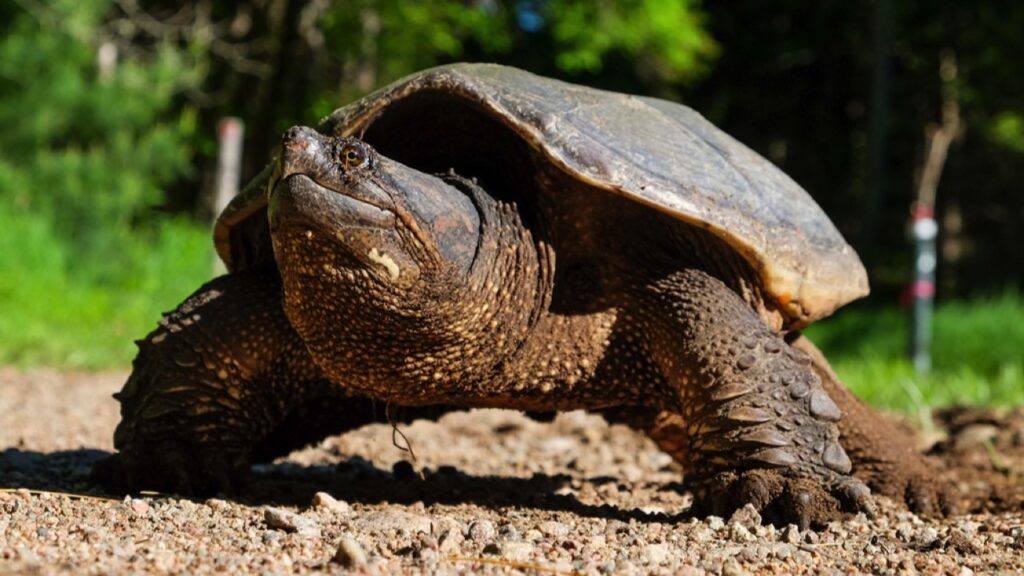
In a twist of fate, some turtles eat other turtles. Snapping turtles are known to prey on smaller turtle species. They use their powerful jaws to crush the shells of their turtle cousins. This cannibalistic behaviour is more common when other food sources are scarce. Alligator snapping turtles, in particular, are known to be aggressive predators of other turtle species.
Otters
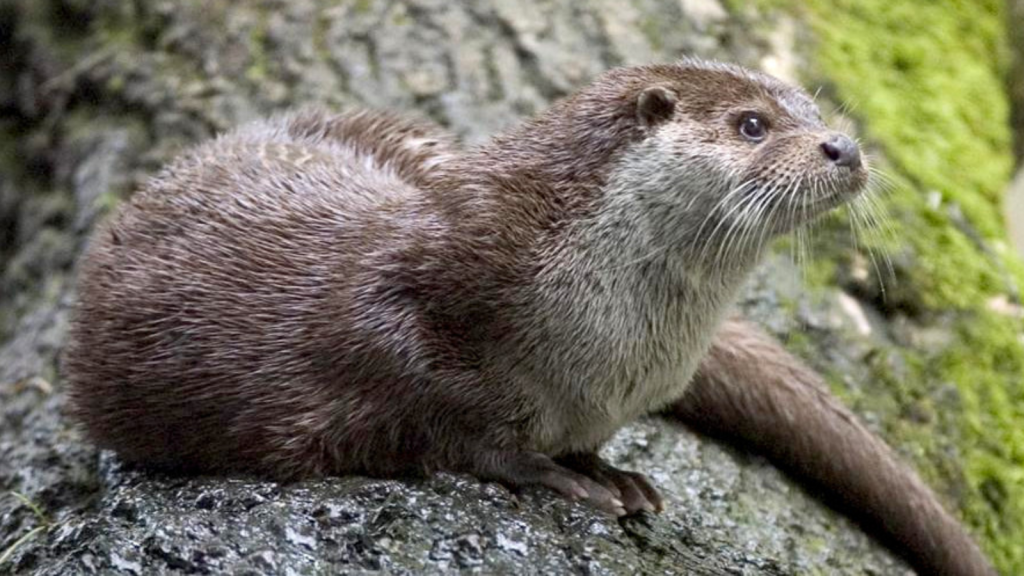
Otters, especially sea otters, have been observed eating turtles. They use rocks to crack open turtle shells, showing remarkable tool use. River otters may also prey on smaller freshwater turtles. In some areas, otters have been found to significantly impact local turtle populations, particularly when other preferred prey is less abundant.
Monitor Lizards
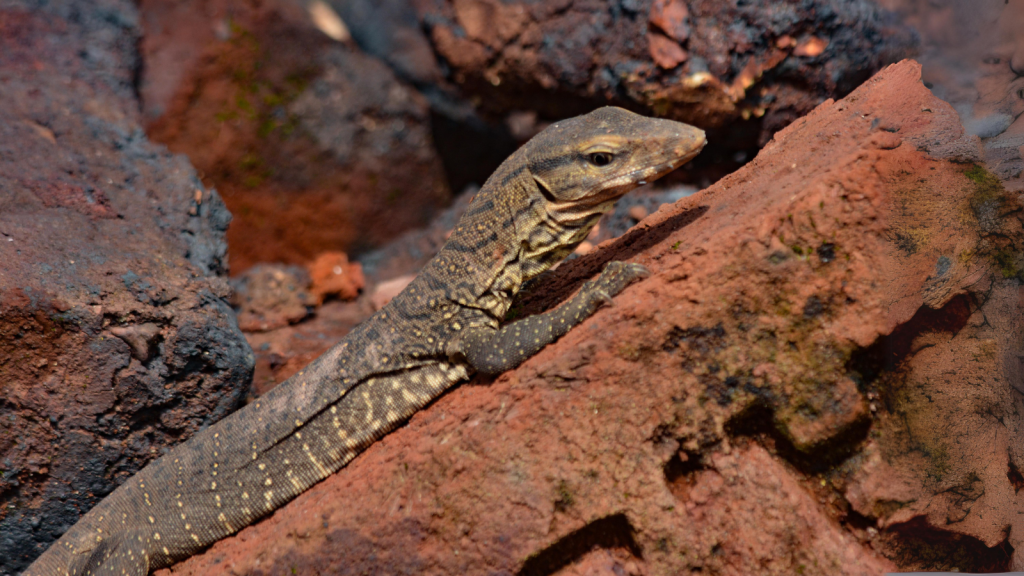
Large monitor lizards, like the Komodo dragon, sometimes eat turtles. They have strong claws and teeth that can tear through a turtle’s defences. Monitor lizards are known to dig up turtle nests to eat the eggs as well. The Nile monitor, found in parts of Africa, is particularly adept at hunting and consuming various turtle species.
Crocodiles
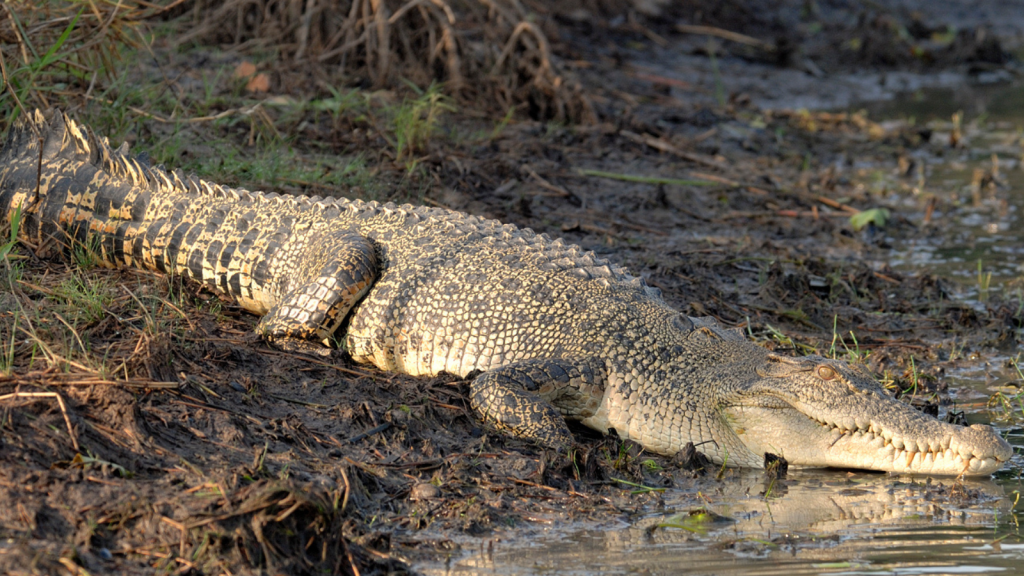
Like their alligator cousins, crocodiles are well-equipped to eat turtles. Their incredibly powerful bite force can easily crush a turtle’s shell. Crocodiles often lurk near turtle nesting beaches, preying on adults coming ashore to lay eggs. Saltwater crocodiles, the largest living reptiles, are known to take even large sea turtles as prey.
Jaguars
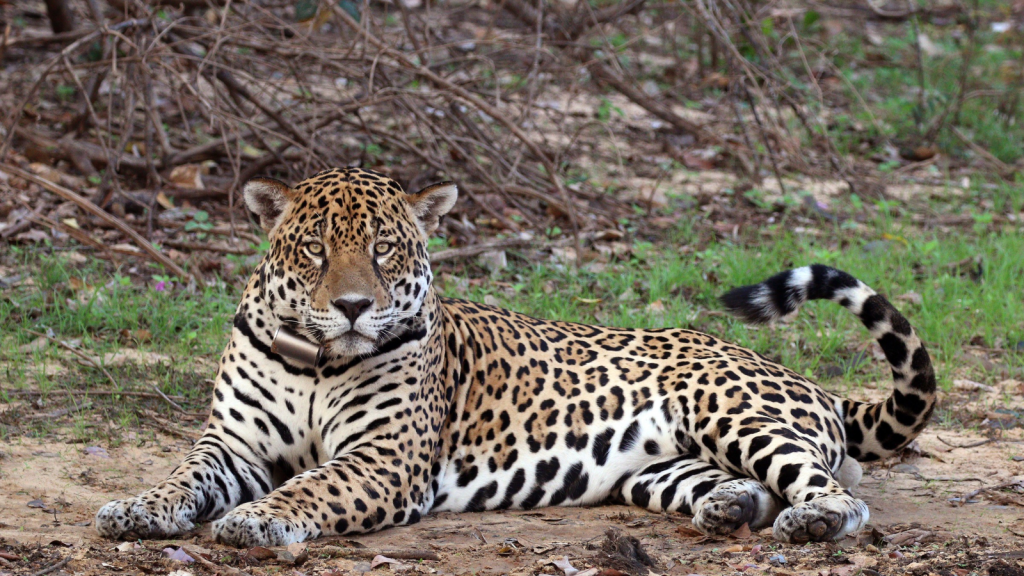
Jaguars, found in Central and South America, are skilled turtle hunters. They have exceptionally strong jaws that can pierce turtle shells. Jaguars are known to drag turtles out of the water to eat them on land. In some regions, turtles make up a significant portion of the jaguar’s diet, especially during the nesting season.
Killer Whales
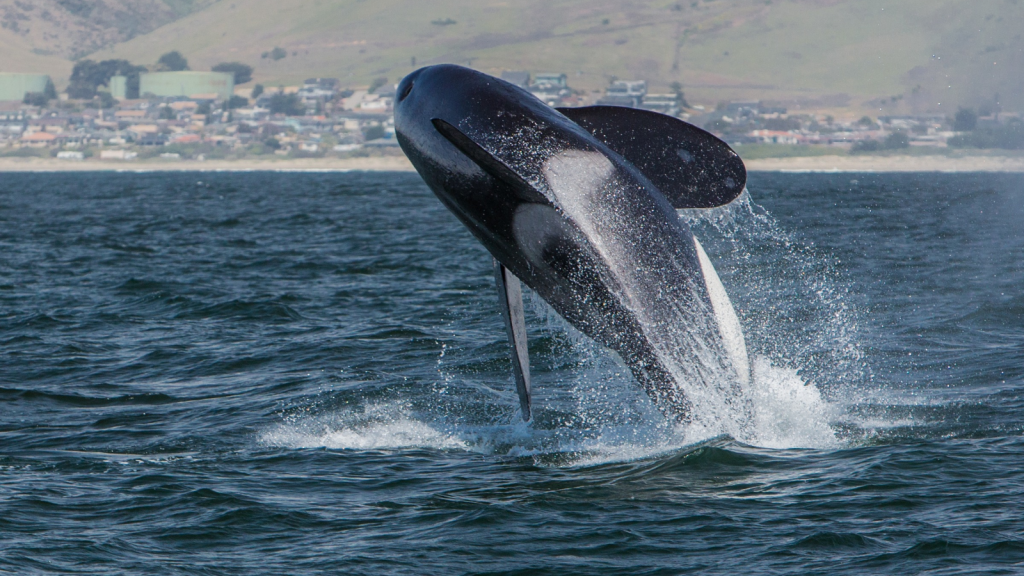
Orcas, or killer whales, have been observed hunting sea turtles. They use their intelligence and teamwork to flip turtles over in the water. This exposes the turtle’s softer underside, making it easier for the orcas to feed. Orcas have been known to pass down specific hunting techniques for capturing turtles from generation to generation.
Feral Pigs
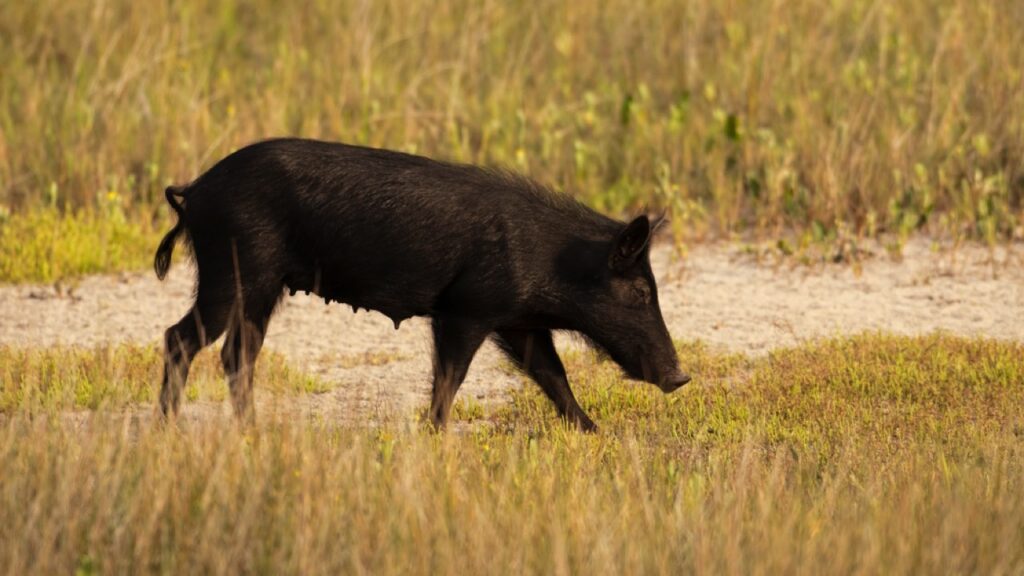
Introduced feral pigs in many parts of the world have become significant predators of turtles. They dig up turtle nests to eat the eggs. Pigs also prey on small turtles they encounter on land. In some areas, like the Galapagos Islands, feral pigs have had a devastating impact on native turtle populations.
Coyotes

Coyotes are opportunistic predators that will eat turtles if given the chance. They often target smaller turtles or hatchlings. Coyotes have been known to flip turtles over to access the softer parts. Their adaptability and expanding range have made coyotes an increasing threat to turtle populations in suburban and urban areas.
Large Wading Birds
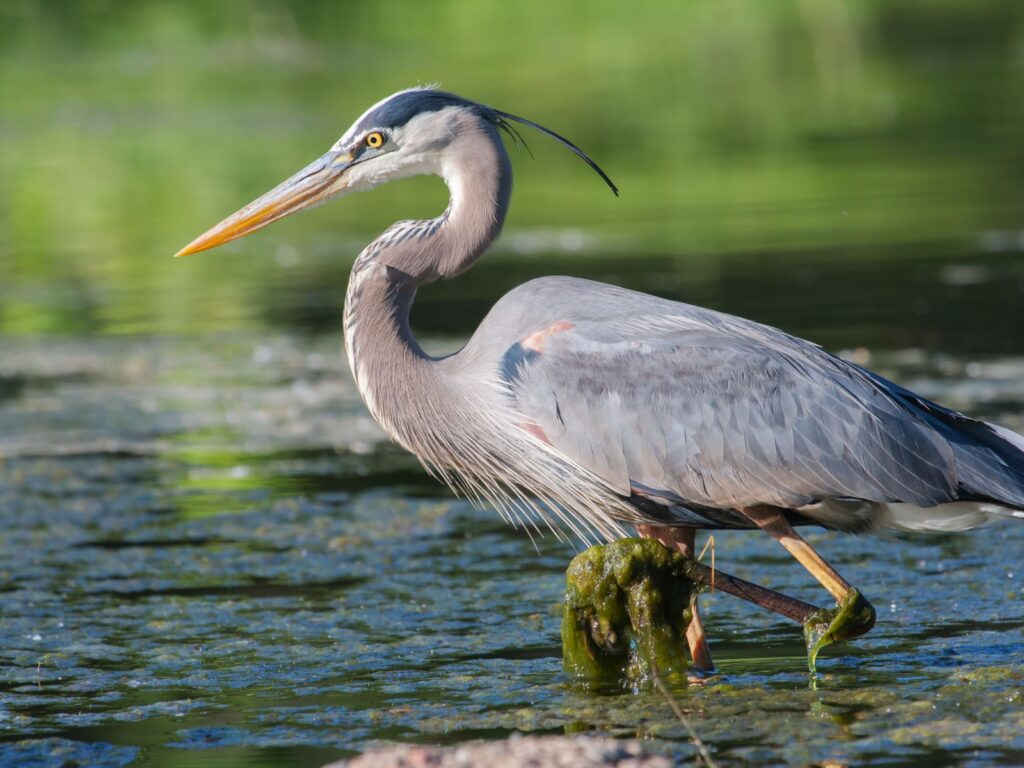
Herons and egrets sometimes prey on small turtles and hatchlings. These birds use their long, sharp beaks to spear or grab turtles. They’re particularly dangerous to young turtles in shallow water. Storks, especially the marabou stork in Africa, have also been observed consuming small to medium-sized turtles whole.
Humans

Sadly, humans are one of the most significant predators of turtles worldwide. People hunt turtles for food, traditional medicine, and their shells. Human activities like habitat destruction and pollution also indirectly lead to turtle deaths. The illegal trade in turtle shells and meat continues to be a major threat to many turtle species, particularly in Southeast Asia.

